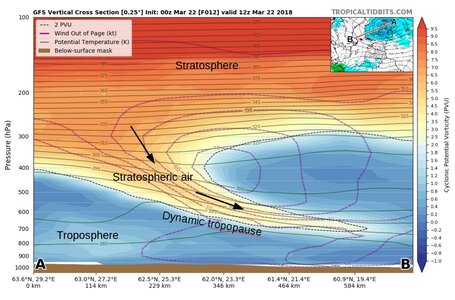Buit the forecast that got the most publicity from at least the WaPo was Michael Mann's 34 named storms.
Of the 10 mainstream forecasts made by various organizations this past spring/early summer,
9 of them went for 20 or more named storms and 4 of them went for 25 or more named storms.
Many were touting the most active Atlantic season on record. That certainty has not happened.
Named storms have come under the forecasts a bit, but more importantly is the accumulated
cyclone energy (ACE) has been much less than expected, given the hype. Although ACE is not
forecast by most, one had 230. This value would have made it the 4th most active on record.
Only 8 Atlantic seasons since 1851 have had 200+ ACE.
2024 ACE is currently at 161. With Sara done as a TC soon and the odds of any more significant
TCs low for the rest of the year,
this would put 2024 either 20th or 21st on the list for most ACE
going back to 1851, not even close to the most active on record.
ACE is the best metric to use to measure a TC season from a meteorological/climatological
point-of-view, as it is weighted towards stronger storms, and their duration of storms remaining
strong. The latter was lacking in 2024. Other than Beryl, there were no long-tracked Cabo Verde
hurricanes, which typically have the highest ACE.
One can argue, "look at what Hurricanes Helene and Milton did." But this is irrelevant to the
forecasts made. We are not talking about impact or landfalls, we are taking about what the
atmosphere actually produced in the entire Atlantic basin. This is what matters when taking about
rating a season objectively from a historical and climate position. The seasonal TC forecasts made
do not forecast impacts, landfalls, or total damage costs. That kind of forecast skill does not
exist in any practical form yet, and there are many non-wx/climate factors that go into impact
and total damage.
The heart of the Atlantic TC season was ripped out in Aug and most of Sep. This was not
forecast, and the pattern that resulted in this had not been observed in modern times (at least
since the satellite era). Stable conditions existed across the tropical MDR with unusually warm 700
and 500 mb temps and abnormal mid-level dryness. Also, the axis of the monsoon trough
in the far eastern Atlantic was shifted a few hundred miles to the N in Aug and Sep, which
resulted in tropical waves coming off Africa at an unusually high latitude, which shutdown TC
genesis in the MDR b/c we couldn’t even get the "seeds" of TCs present, let alone development of
them. Atypical heavy rains in the Sahara Desert occurred during this time, which is very rare,
and was by-product of this unexpected pattern.
Some will try to spin the lack of activity gap as a one-time aberration and dismiss it. That
is short-sighted and anti-science. These Aug-Sep anomalies were non-trivial, yet to be
witnessed, and unexpected. You just don't throw this aside as its occurrence has big implications.
For instance, since 2024 was record warm globally, how can one not know that the warmth produced
this strong suppression of TC activity during the normal peak of the season? And by extension,
this could become more common as the globe continues to warm? This is valid hypothesis and
needs to be kept in mind and researched extensively. Once again, this is why the phase "the science is settled" is wrong. It is never settled. Sit on you high-horse and act like we have it all figured out, and then things happen that don't fit the paradigm, not observed before, etc. You then re-think, re-test, and modify your train of thought and knowledge/understanding.
There has been way too much focus on SSTs as to future TCs activity, compared to what
actually goes on in the atmosphere. SSTs are only one part of the TC equation. One can
have all the warm SSTs in the world above average, but it means little if the atmosphere itself
does not cooperate, meaning that if more wind shear is present and/or dry air, that puts
the breaks on TC development and intensity. Also, as noted above, temps at 700 and 500
were actually too warm in the tropical MDR during the peak of the season, which shut down
convection. It seems that despite record high SSTs, the atmosphere warmed more, which
increased stability large-scale in the tropics. What this suggests is that just b/c it
get warmer overall, not everything works in a linear 1-2-3 fashion (i.e. everything gets
‘worse’) so that idea b/c SSTs becoming higher in a warmer globe and treating that in
vacuum as to TC changes is a narrow-minded position and suggests bias/agenda.
So this 2024 Atlantic season was above normal, it was by far from record or near record
activity net-net. Not something we can ignore, and thus we should re-examine
things on several levels here.

